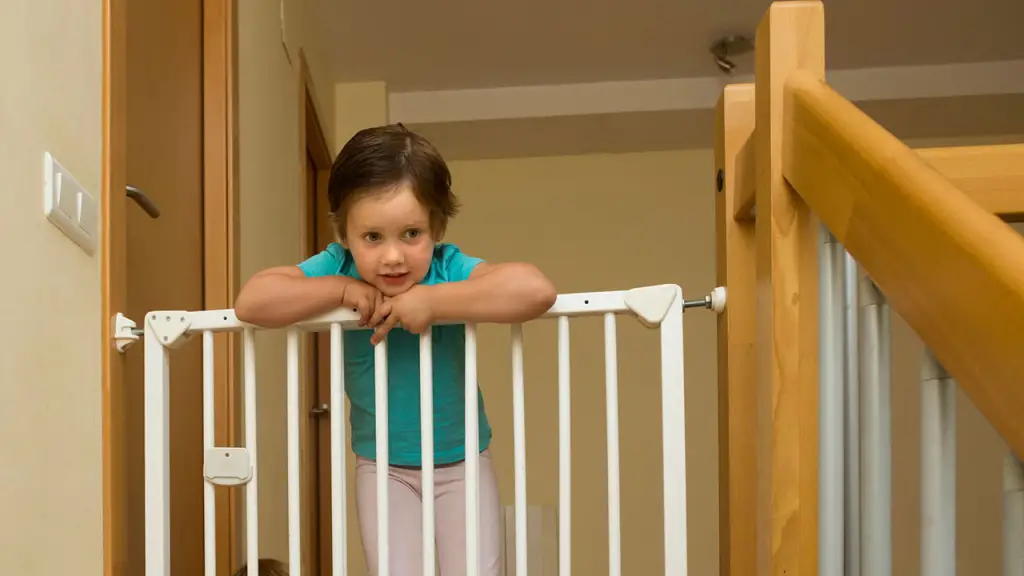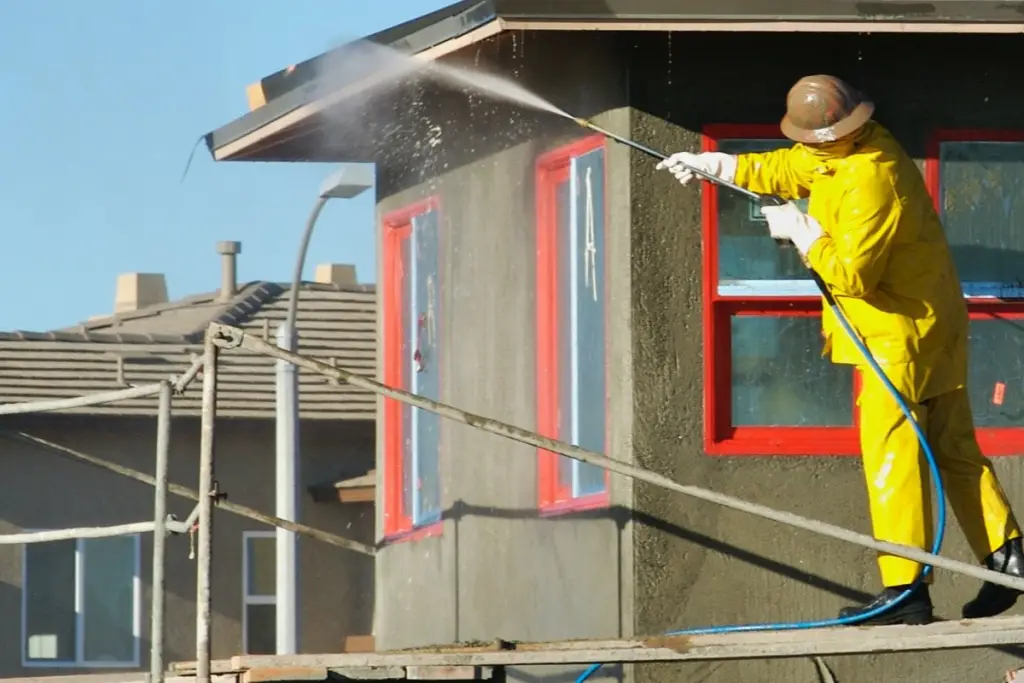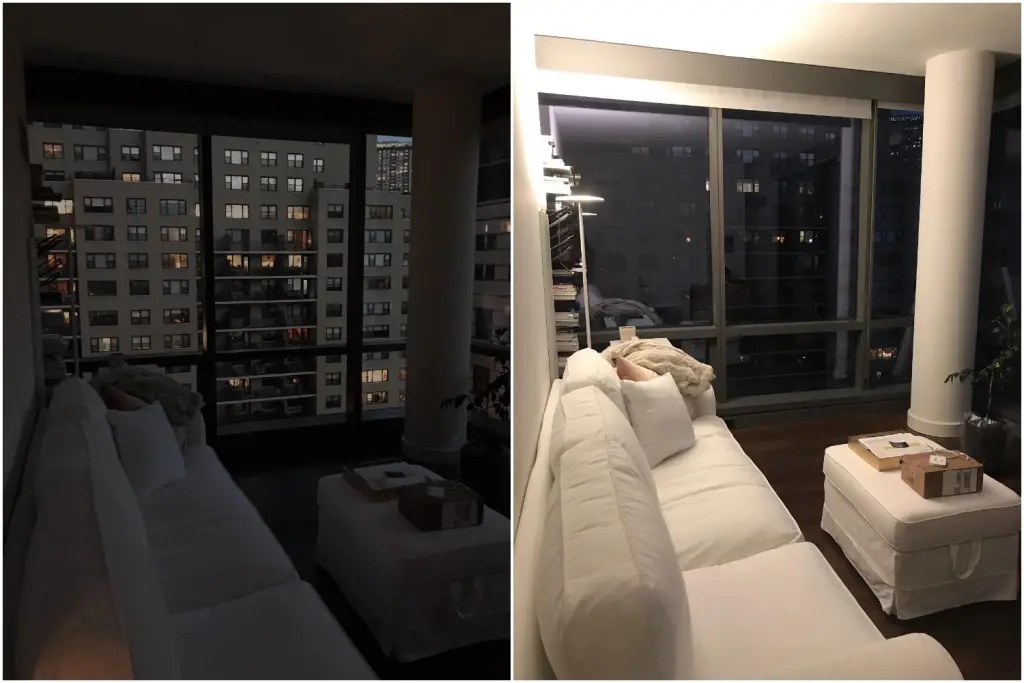As a homeowner, I have always been fascinated by the idea of a two-story home. The extra living space and grandeur they offer seem quite appealing.
However, as I researched more about them, I realized that they come with their own set of disadvantages.
These include accessibility concerns for emergency responders, limited layout options due to the need for stairs, and reduced natural light in lower-level rooms.
In this discussion, I will explore some of the common disadvantages of two-story houses and provide insights on how to address them.
Disadvantages of two story house

1. Cost:
Two-story houses cost more to build and maintain than single-story houses.
Because they require a stronger foundation and additional framing to support the extra weight, as well as a more complex roofing system to cover the larger area.
Additionally, maintaining a two-story house can be more time-consuming and expensive due to the need to access and repair hard-to-reach areas like upper-level exterior surfaces.
2. Safety:

Stairs in a two-story home can be dangerous, especially for children and the elderly.
Falls on stairs are a common cause of accidents, and the risk increases with the number and steepness of the stairs.
This can make it difficult for some people to move between floors safely and may require extra safety measures or modifications to prevent accidents.
3. Accessibility:

Two-story homes can be challenging for individuals with mobility issues or disabilities to navigate, as they usually require the use of stairs to access the second floor.
Without modifications such as a stair lift or elevator, accessing the upper level of the home may be difficult or impossible for these individuals, limiting their use of the space.
This lack of accessibility may also require expensive modifications to the home to accommodate individuals with disabilities.
4. Energy consumption:
Two-story homes generally use more energy for heating and cooling than single-story homes due to their larger size, resulting in higher utility bills.
The increased space means it takes longer to heat or cool the entire house, which increases energy usage and costs.
Multiple levels can also create uneven heating or cooling, leading to discomfort and higher energy usage as homeowners try to regulate temperature differences.
5. Noise:

Sound can easily pass through floors and ceilings, meaning that noise from the upper level can be heard below and vice versa.
This can be especially problematic for families with young children, as noise from play and activity on the upper level can disturb those on the lower level who are trying to work, rest, or sleep.
6. Cleaning:

Cleaning gutters and washing windows on a two-story home may require the use of ladders or special equipment, increasing the time and effort required for maintenance tasks.
Exterior surfaces such as siding or brick may also be harder to reach for repairs or painting, which can increase maintenance costs and lead to potential safety hazards.
7. Security:

Upper-level windows in two-story homes can be less secure and more vulnerable to break-ins due to their elevated position and lower visibility.
Securing all entrances, including upper-level doors and windows, can be more challenging and create potential entry points for intruders.
This can be concerning for families with young children who may not be aware of security risks.
8. Privacy:
Upper-level windows in two-story homes can compromise privacy as they are often easily visible from the street or neighboring homes.
To address this concern, homeowners may need to install window coverings or landscaping to block the view into their upper-level windows and ensure their privacy.
9. Accessibility for emergency responders:
If someone in a two-story home has a medical emergency, it can be more challenging for emergency responders to reach them quickly.
Because the upper-level rooms may be harder to access, and responders may need to navigate stairs or other obstacles to reach the patient.
This delay can be critical in emergency situations, making it important for homeowners to consider this when choosing a home or making modifications for accessibility.
10. Moving furniture:

Moving furniture between floors can be challenging and may require additional help.
Resale value: Some buyers may prefer single-story homes, which could impact the resale value of a two-story home, well this can be in your favor.
11. Space limitations:
Two-story homes often have a larger footprint, which means there may be less yard space or outdoor living areas available.
This can be limiting for homeowners who enjoy spending time outdoors or hosting guests.
They may need to find alternative ways to use the available space, such as creating a rooftop garden or utilizing a smaller patio area.
12. Weather concerns:
In areas with harsh weather conditions, like hurricanes or tornadoes, two-story homes are more vulnerable to damage due to their height.
Strong winds and other weather-related hazards can put the property at greater risk.
Homeowners may need to take extra precautions, such as installing storm shutters or reinforcing the structure, to protect their home.
13. Limitations for aging in place:
As people age, they may have difficulty navigating stairs and could be forced to move to a more accessible home.
14. Uneven temperature distribution:
Controlling the temperature in a two-story home can be a challenge due to uneven temperature distribution caused by differences in insulation and airflow between the floors.
This can cause discomfort for occupants as some rooms may be too hot or too cold.
To address this issue, homeowners may need to adjust their HVAC system or install additional insulation to achieve better temperature control.
15. Reduced natural light:

Lower-level rooms in a two-story home may receive less natural light because the upper level blocks the sunlight, resulting in a darker atmosphere.
This lack of natural light can make the space feel smaller and less inviting.
Homeowners may need to install additional lighting or choose lighter paint colors to brighten up the room.
16. Limited outdoor access:
Upper-level bedrooms in a two-story home may not have direct access to outdoor spaces, which can limit the amount of fresh air and sunlight that occupants receive.
This could impact the quality of life, especially for those who enjoy spending time outside or have pets.
Homeowners may need to consider creative solutions, such as installing a balcony or building a deck, to provide upper-level rooms with outdoor access.
17. Limited layout options:
The layout options for a two-story home can be limited due to the requirement of having stairs, which may take up a significant amount of space.
As a result, some rooms may need to be smaller or the overall design may need to be adjusted to accommodate the staircase.
18. Noise from neighboring homes:

In areas with closely spaced homes, noise from neighboring homes can be more easily heard in a two-story home.
Leave a Reply